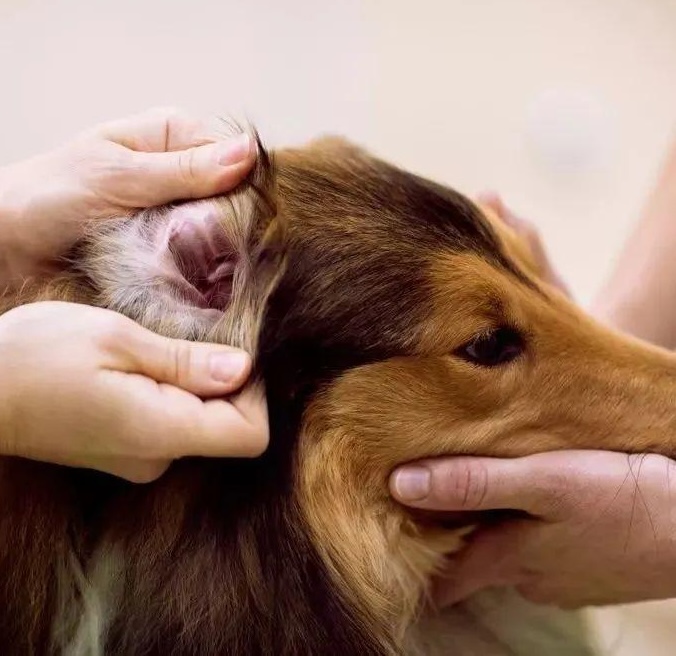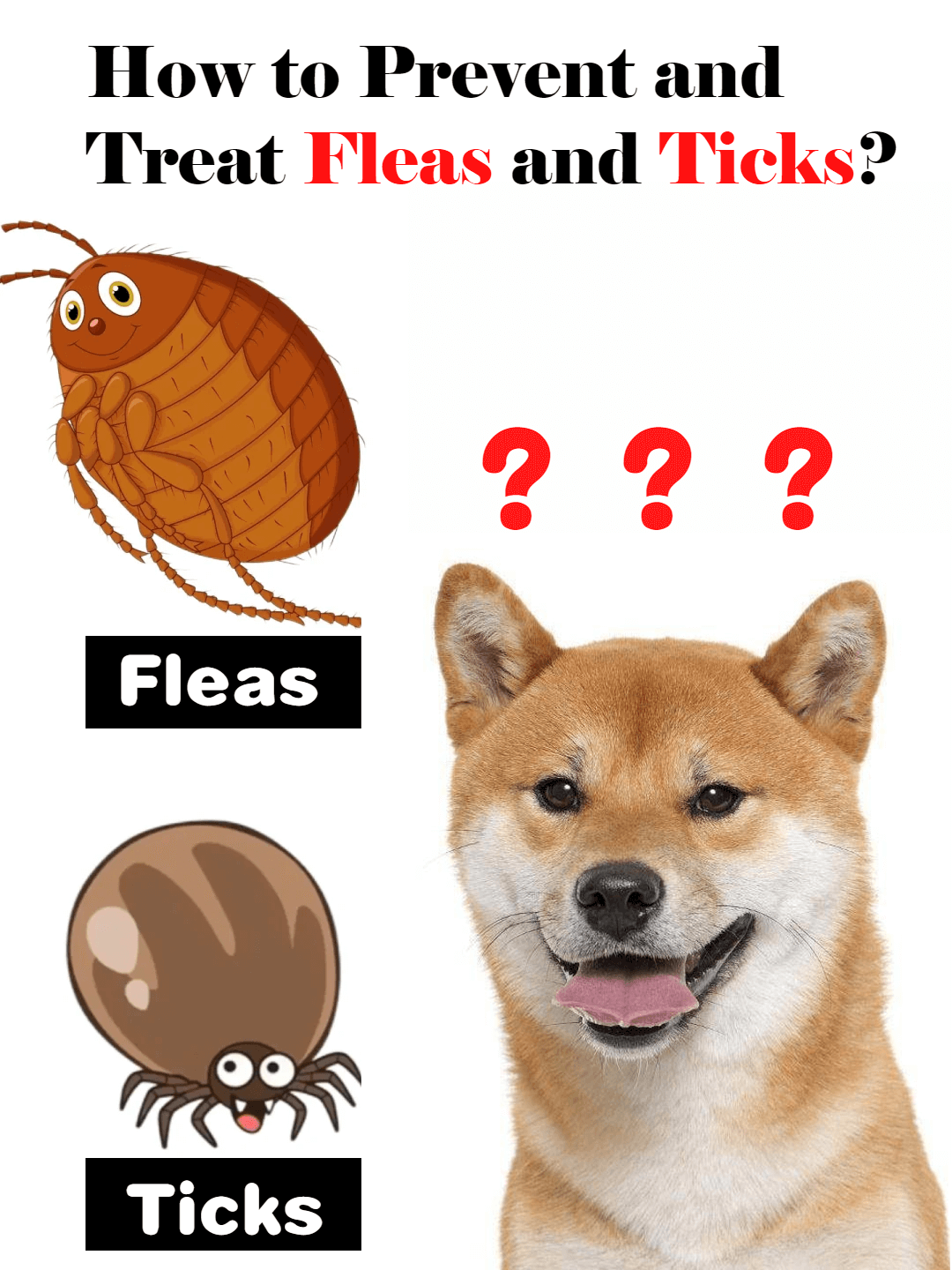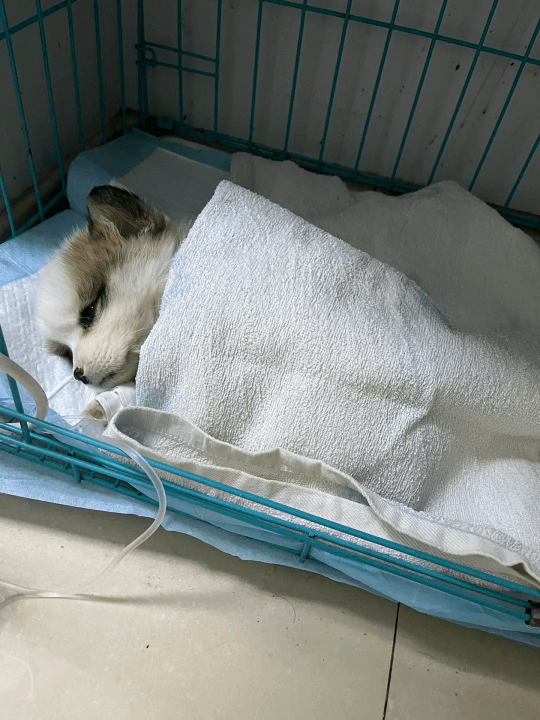**Almost every dog has been troubled by ear mites!**
# What are dog ear mites?
Dog ear mites, as the name suggests, are mites that parasitize in a dog’s ears!
Yes, ear mites indeed like to live in a dog's ear canal, but that doesn't mean they can't survive outside the ear canal. Ear mites can also live on the surface of a dog’s skin, such as the head, neck, and tail, making them hard to guard against.
**Ear mites are indestructible little pests.**
An ear mite’s life cycle is only 18-28 days, from egg hatching to larva, which takes just 4 days. But this doesn't mean that a dog will self-heal after the mites die! Ear mites have strong reproductive abilities and will continue to reproduce during their growth period until death. Even if they leave the host, they can survive in the environment for 5 to 17 days.
Therefore, when treating ear mites, be sure to complete the entire treatment cycle; do not stop the treatment just because you don’t see dirt in the dog's ears, as this can lead to recurrent ear mite infections.
# Which dogs are more prone to ear mites?
- **Breeds with droopy ears**
For example, Golden Retrievers, Labradors, and Poodles. Their ear canals tend to be less ventilated due to their drooping ears.
- **Dogs with narrow ear canals**
For example, Chow Chows and Shar-Peis. Their ear canals are relatively narrow, leading to poor ventilation and overly moist ear canals.
- **Dogs with excessive ear hair**
For example, Schnauzers and Poodles. Excessive ear hair can cause moisture in the ear canal, promoting bacterial growth.
Many pet owners are concerned: Can dogs' ear mites be transmitted to humans?
No! Ear mites are parasites that only survive on cats, dogs, and other mammals.
There have been no reports of humans contracting ear mites from dogs, although some people might have allergic reactions to the mites' secretions, causing skin itching.
# How to determine if your dog has ear mites
A healthy dog’s ear canal should be clean, odorless, free of dirt, and pink.
Dogs with ear mites may exhibit the following symptoms:
- **Frequent head shaking**
Dogs shake their heads often due to ear itching, trying to shake out the dirt (though it doesn’t help much).
- **Earwax**
Ear mites stimulate the ear canal lining, causing it to secrete more earwax. The earwax is typically dark brown or black and sometimes looks like waxy dirt.
- **Hair loss**
Scratching by the dog may cause localized hair loss around the ears.
- **Scabs or hematomas in or around the ear canal**
Due to itching, a dog’s paws may scratch the skin, causing more pain, ear hematomas, and inflammation.
# Daily prevention of dog ear mites
- **Environment disinfection**
Thoroughly clean and disinfect your dog’s cage, mats, food bowls, and water bowls, and expose them to sunlight.
- **Avoid getting water in the ears during baths**
When bathing your dog, put cotton in their ears. After the bath, dry their entire body promptly, especially the ears where bacteria can easily grow.
- **Trim or pluck ear hair**
If you see too much ear hair in your dog's ears, it's best to trim or pluck it to prevent bacterial growth.
- **Regular care**
Regularly check your dog’s ear canal. Especially for dogs that often play outside or in water, use ear cleaner for routine ear cleaning.




